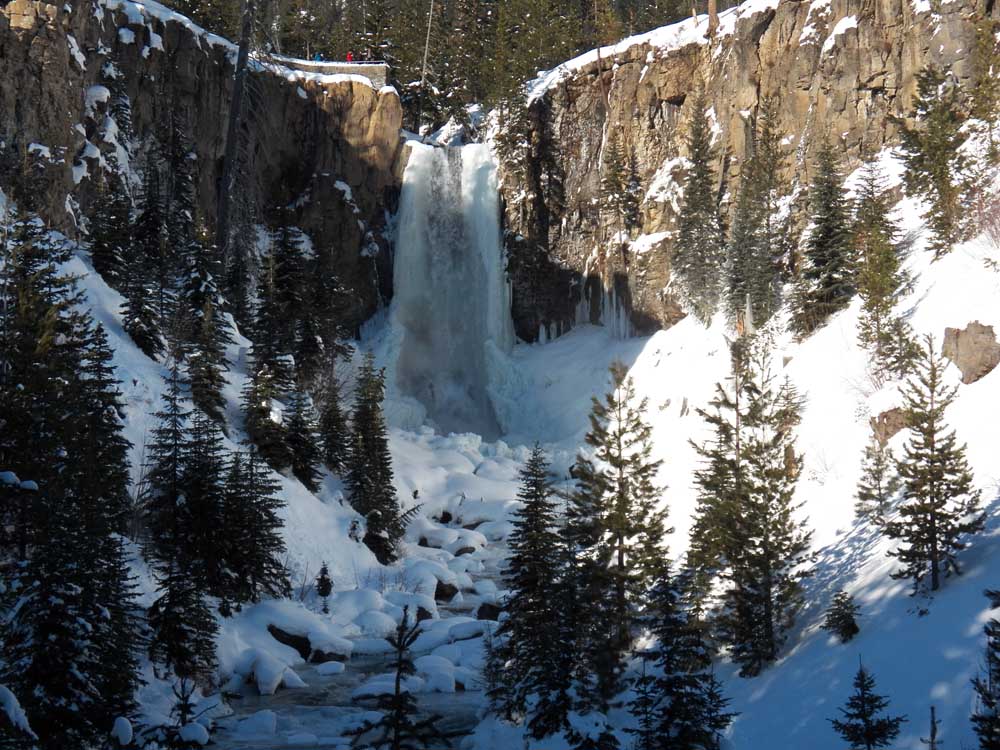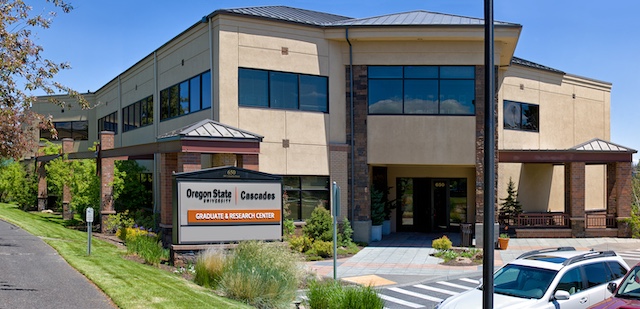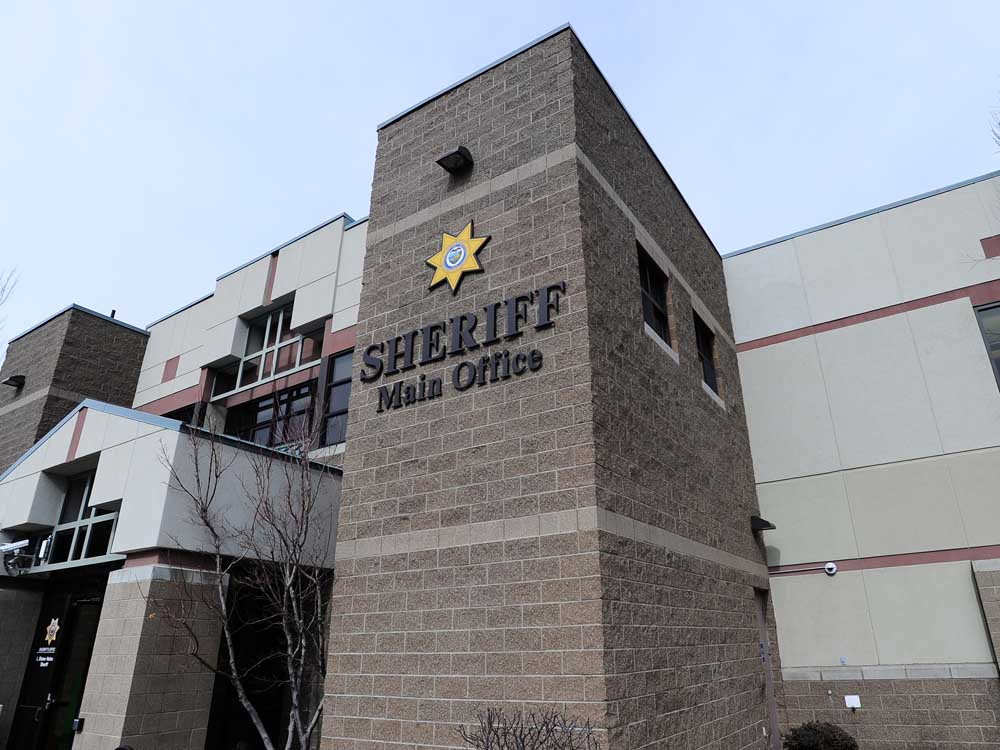Guest Column: What to expect for public lands in 2024
Published 9:00 pm Friday, December 22, 2023

- Tumalo Falls
There’s never a dull moment when it comes to public lands in Oregon, especially here on the Deschutes National Forest in Bend’s backyard. As we move into 2024, there are reasons to be optimistic as well as concerns to keep an eye out for. From local logging projects to legislation to policy changes, there’s a lot coming up.
If you like all the aggressive logging happening around town as you head up toward Bachelor or up Skyliners Road, there’s more of that coming. This logging has been pitched to the public as necessary for restoration and fuels reduction, and in some cases, it’s legitimate However, some of these projects are overly aggressive and involve logging of larger trees, which are more fire-resistant and provide the best wildlife habitat. Unfortunately, Congress has turbocharged the funding for this, so it will be up to us in the community to watch these projects carefully and advocate for more public accountability.
Trending
On the positive side of things, Oregon Senator Ron Wyden’s River Democracy Act is still awaiting passage in Congress. This includes protections for some of Central Oregon’s natural treasures like Tumalo Creek (and its iconic falls), Paulina Creek, the upper Deschutes, and some of the Metolius tributaries and streams in the Crooked River watershed. If passed, this would be a huge win for fish and wildlife, clean drinking water, and all the Oregonians who enjoy hiking, paddling, fishing, and camping at these rivers. Congress is both dysfunctional and unpredictable, so the path forward is a bit murky.
President Biden will be working to finalize plans to protect old-growth forests across the country, including here in Central Oregon. This plan has been in process for over a year but kicked into high gear in late 2023 and will include public comment periods and potential final decisions in 2024. If the final rule is strong it will protect not just the few remaining old-growth trees but also the mature forests that soak up and store vast amounts of carbon and provide great habitat as they continue to grow into old-growth status. If the rule is weak it will be full of flowery language riddled with loopholes.
With all of the new changes (and some of the same old threats) coming to our public lands, remember to be a savvy digester of the news. Extractive industries have polished their public messaging so that everything that’s happening sounds awesome. Words like “restoration” and “healthy forests” can mean a natural wonder with wildlife flourishing everywhere. Or it can mean chainsaws and bulldozers are coming, because humans know best and nature can’t be left alone.
While there’s a lot of change coming to our public lands, some fundamentals remain the same. Protecting our natural treasures is a key strategy in the effort to curb climate change. Protected river corridors and wilderness areas serve as reserves and adaptation pathways for wildlife. And our public forests, especially the older trees, are able to absorb carbon pollution from the atmosphere and store it for centuries.
The great thing about public lands is that everyone gets to have a say in how they’re managed.
I encourage everyone to make a commitment to advocate for healthy public lands that can provide us with amazing recreational opportunities, sources of clean drinking water, abundant wildlife populations, and so much more. Get involved, call your member of Congress, show up to town halls, talk to the Forest Service. We can’t afford to take our public lands for granted — they don’t protect themselves.
Trending
Do you have a point you’d like to make or an issue you feel strongly about? Submit a letter to the editor or a guest column.








